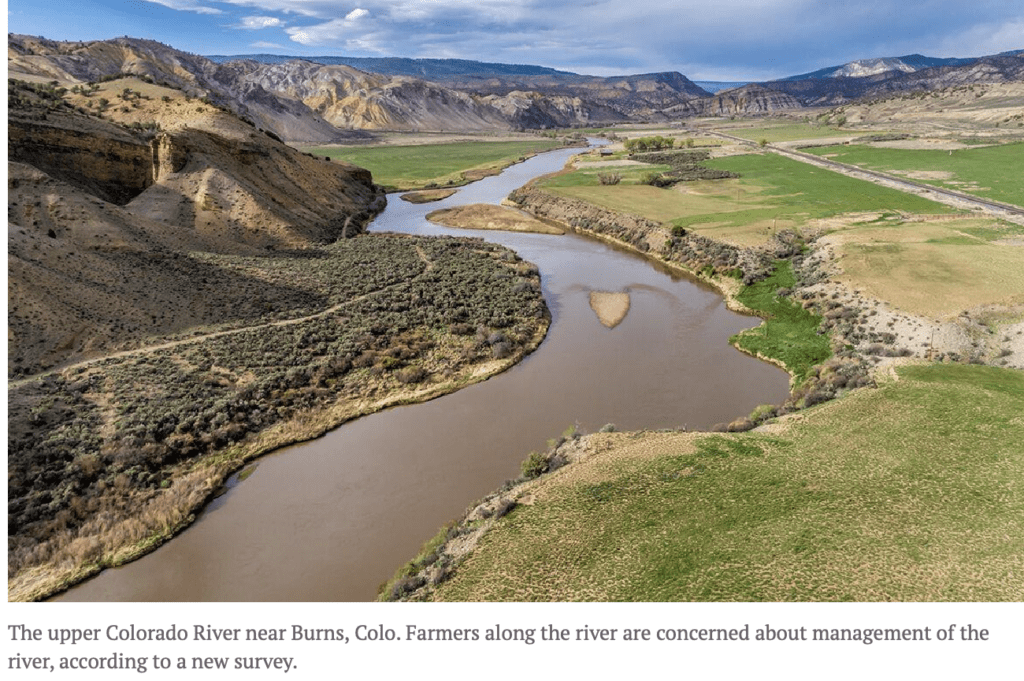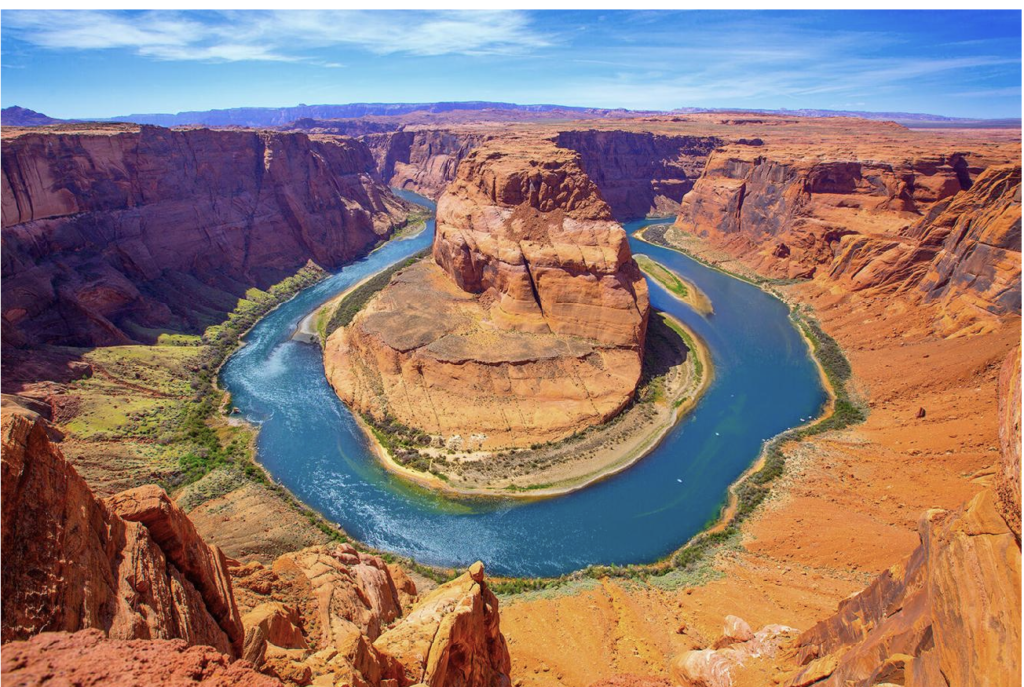Daniel Salzler No. 1224
EnviroInsight.org Five Items October 20, 2023
—————Feel Free To Pass This Along To Others——————
If your watershed is doing something you would like others to know about, or you know
of something others can benefit from, let me know and I will place it in this Information .
If you want to be removed from the distribution list, please let me know.
Please note that all meetings listed are open.
Enhance your viewing by downloading the pdf file to view photos, etc.
The attached is all about improving life in the watershed.
If you want to be removed from the distribution list,
please let me know. Please note that all meetings listed are open.
Check our website at EnviroInsight.org
1. National Prescription Drug Take Back Day – October 28, 2023, 10AM to 2PM. The National Prescription Drug Take Back Day aims to provide a safe, convenient, and responsible means of disposing of prescription drugs, while also educating the general public about the potential for abuse of medications.

Locate a Collection Site Near You
https://www.deadiversion.usdoj.gov/drug_disposal/takeback Search by zip code or city/state to find a collection site near you.
2. Jaguar Caught On Camera In Southern Arizona’s Huachuca Mountains.
SIERRA VISTA, Ariz.— A wild jaguar has been photographed by federally run trail cameras in southern Arizona’s Huachuca Mountains at least twice this year. A U.S. Fish and Wildlife Service database that tracks jaguar detections lists two photos in March and May 2023.

“These photos show that despite so many obstacles, jaguars continue to reestablish territory in the United States,” said Russ McSpadden, a conservation advocate at the Center for Biological Diversity. “This is a wonderful reminder that these big cats move great distances across the landscape. It drives home the importance of protecting connected habitat for these elusive, beautiful felines.”
The photos were taken soon after former Arizona Gov. Doug Ducey’s illegal shipping container border wall was removed from a critical jaguar migration corridor in the Huachuca Mountains.
This is the second jaguar to be detected in the Huachuca Mountains since 2016. The first was a young male named Yo’oko, the Yaqui word for jaguar given to the big cat by students of Hiaki High School in Tucson. Yo’oko roamed the mountains in 2016 and 2017 but was photographed dead in Sonora, Mexico, in 2018.
In the latest database entries, which describe but do not include the photos, the U.S. Fish and Wildlife Service writes that the trail camera photos are “too blurry for spot analysis.” The pattern of rosettes on every jaguar is unique, enabling identification of specific individuals.
3. Animals Facing Extinction Or Threatened Designation In Arizona. Of the 804 species inhabiting Arizona (25 native amphibians. 107 species of native reptiles. 534 species of birds [including 7 non-native species)],and 138 species of mammals), 41 species are listed as threatened or endangered. They include:
Mexican Wolf Endangered. Listed 1976
Desert tortoise. Threatened Listed in 1980
Jaguar. Endangered Listed in 1972
Mexican Spotted owl Threatened. Listed in 1993
New Mexican Ridge-Nosed rattlesnake Threatened. Listed 1978
New Mexico meadow jumping mouse. Endangered. Listed m 2014
Chiricahua leopard frog. Threatened. Listed 2002
California condor. Endangered Listed 1967
Northern Mexican Gartersnake Threatened Listed 2014
Bonytail chub Endangered. Listed 1980
Ocelot Endangered Listed 1972
Black-Footed ferret Endangered Listed in 1967
Sonora Tiger Salamander Endangered Listed in 1997
Sonoran pronghorn Endangered Listed in 1967
Narrow-headed garter snake Threatened. Listed in 2014
Southwestern Willow Flycatcher Endangered Listed in 1995
Lesser Long-Nosed bat Endangered Listed in 1988
Spikedace Endangered Listed in 1986
Woundfin Endangered Listed in 1970
Yaqui chub Endangered Listed in 1984
Zuni Bluehead Sucker Endangered Listed in 2014
Sonora chub Threatened. Listed in 1986
Masked bobwhite Endangered Listed in 1967
Razorback sucker Endangered Listed in 1991
Gila chub Endangered Listed in 2005
Hualapai Mexican vole Endangered Listed in 1987
Yaqui catfish Threatened. Listed in 1984
Beautiful thinner Threatened. Listed in 1984
Yuma Clapper rail Endangered Listed in 1967
Loach minnow Endangered Listed in 1986
Apache trout Threatened Listed in 1967
California Least tern Endangered Listed in 1970
Gila trout Threatened Listed in 1967
Humpback chub Endangered Listed in 1967
Desert pupfish Endangered Listed in 1986
Yellow-Billed Cuckoo Threatened Listed in 2014
Three Forks Springsnail Endangered Listed in 2012
Gila topminnow Endangered Listed in 1967
Little Colorado spinedace Threatened. Listed in 1967
Colorado pikeminnow Endangered Listed in 1967
San Bernardino springs nail Threatened Listed in 2012
Source: AZ Game and Fish
4. Do You Know What The Holes In Swiss Cheese Are Called?
Craters
Eyes
Holes
Dents
Answer found at the end of the newsletter
5. Survey Reveals Barriers To Colorado River Water Conservation By CAROL RYAN DUMAS Capital Press Sep 28, 2023 Updated Sep 28, 2023
Drought, growing demand and climate change have led to increasingly frequent water shortages in the West, and a new report on a survey of agricultural water users in the Colorado River Basin lends insight into what is being done — and can be done — to address the issue.

“Landowners control much of the West’s water and the management of its watersheds. And they’re really key to being a part of finding and implementing solutions in this space,” said Hallie Mahowald, chief programs manager for Western Landowners Alliance and coauthor of the report.
It’s critical to understand their perspective and solicit their input to develop successful strategies to address water issues, she said during a webinar on Tuesday highlighting the survey results.
Western Landowners Alliance partnered with the University of Wyoming to survey agricultural water users in the Colorado River Basin to find out what they think of the situation, their interest in conservation practices and their preferences for strategies to address water shortages, she said.
The survey, conducted between October 2022 and March 2023, contacted more than 6,000 agricultural water users, and 1,020 responded.
Recognizing the problem
There’s a high level of concern among agricultural water users in the basin about potential impacts on water use. It’s a top-of-mind issue for many, said Drew Bennett, study lead from the University of Wyoming Haub School of Environmental and Natural Resources.

Some have already been impacted and others are anticipating future impacts, he said.
One positive is that 70% of those surveyed are already responding to water shortages or adopting management strategies, he said.
On the other hand, the survey found there was low awareness and modest interest in formal programs, especially some of the federal programs, he said.
“That creates some barriers … to finding solutions but also some opportunities,” he said.
An increase in awareness might translate into participation and an opportunity for a solution in the basin, he said.
Jeopardizing water rights
The survey found a good deal of concern about water transfers, with the exception of temporary transfers between agricultural users.
“But water transfers in general, I think, face a lot of resistance from irrigators in the basin … and for some good reasons as well,” he said.
There was a lot of concern about the possibility of losing a water right by participating in different types of programs or reducing consumption, he said.
“That’s going to be a major issue that I think needs to be addressed to get additional buy-in from (the) agricultural community,” he said.
‘Trust gap’
An overwhelming result in the survey was strong support for local approaches and irrigators wanting to see locally driven approaches that they could buy into and trust, he said.
What was a surprise was not many respondents agreed there was a high level of trust between water users and water managers in their state, he said.
Because of the “trust gap,” building trust between water management agencies and irrigators will be absolutely critical in finding future solutions, he said. Source: Capital Press Oct 3, 2023
*************
ANSWER: Also called “eyes,” they’re so essential to Swiss cheese that when they’re missing, the cheesemakers say the batch is “blind.” What makes Swiss cheese “holey” is additional bacteria called Propionibacterium freudenrichii subspecies shermanii – shermanii for short. The bacterias respiration produces and gives off Carbon dioxide, creating the air bubbles in the process, resulting in the holes refered to in the as “eyes.” The size of the eyes does not have an effect on the taste of the cheese and can be controlled through temperature, storage time and acidity.
Most Swiss cheeses DO NOT have any holes. The one Swiss cheese with large holes is Emmentaler cheese.
Copyright: 2023 EnviroInsight.org
